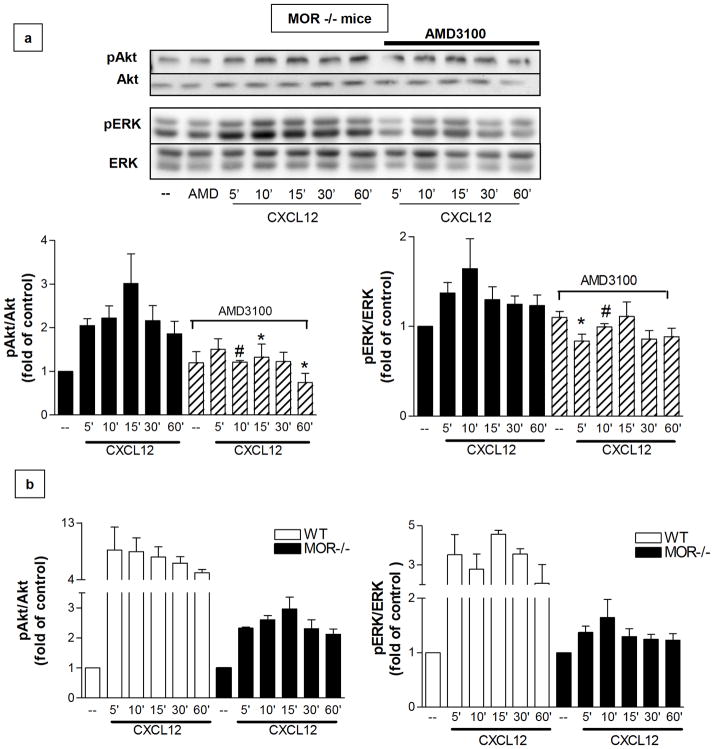Figure 2. Lack of MOR affects the kinetics and magnitude of CXCR4-mediated ERK1/2 and Akt phosphorylation.
(a) Effect of 20nM CXCL12 for indicated amounts of time on Akt and ERK phosphorylation in MOR−/− glial cultures as determined by immunoblotting for pAkt and pERK. Membranes were stripped and reprobed for Akt/ERK to confirm equal loading. Pretreatment with the CXCR4 antagonist AMD3100 (100nM, 15 min) abolishes CXCL12-induced phosphorylation. The bar graphs represent the mean ± SEM of pAkt or pERK densities normalized to total protein levels and represented with respect to control levels from four independent identical experiments. (pAkt/Akt: F11, 408= 4.333, n=4, *P < 0.05; #P < 0.01 vs respective CXCL12 alone; pERK/ERK: F11, 408= 3.113, n=4, *P < 0.05; #P < 0.01 vs respective CXCL12 alone). (b) WT and MOR−/− glial cultures were treated with CXCL12 (20 nM) for the indicated times and processed for pAkt/Akt (left) or pERK/ERK (right) immunoblotting as reported above. The bar graphs represent the mean ± SEM of pAkt or pERK densities normalized to total protein levels and represented with respect to control levels from three independent identical experiments. In both graphs and for every treatment, CXCL12-induced phosphorylation is significantly higher in WT cultures than in MOR−/− cultures (pAkt/Akt: F11,408= 6.008, p<0.0001; pERK/ERK: F11,408= 6.110, p<0.0001).

